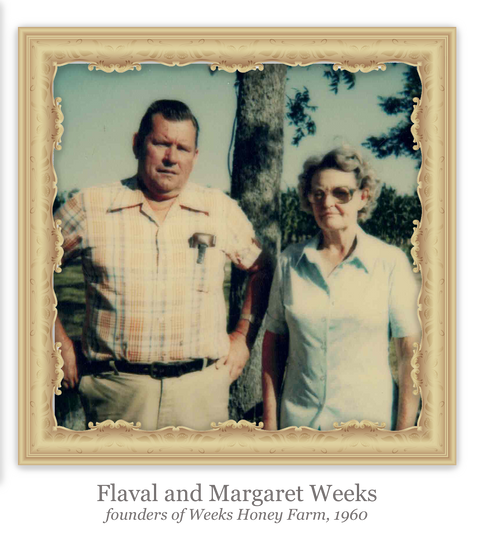Sealing a wooden cutting board with beeswax is a popular, natural, and food-safe way to protect it from moisture, prevent cracking or warping, and make it easier to clean. Pure beeswax is completely food-safe and has mild antibacterial properties, but it works best when combined with a food-grade oil (most commonly mineral oil) to create a spreadable "board butter" or conditioner. The oil penetrates the wood fibers deeply, while the beeswax sits on top to repel water and add a protective barrier.
Pure beeswax alone can be used (e.g., rubbed on or melted in), but it's harder to apply evenly, doesn't penetrate as well, and may wear off faster. The oil-beeswax blend is the gold standard for most people.

Recommended Recipe (DIY Board Butter)
This makes a soft, creamy paste similar to commercial products like Howard's Butcher Block Conditioner or Clapham's Salad Bowl Finish.
-
Ratio: 4 parts food-grade mineral oil to 1 part beeswax (by volume or weight). This is the most common "sweet spot" — spreadable like thick lotion, absorbs well, and leaves a nice water-beading.
- For a thicker paste: Use 3:1 (more wax).
- For a softer cream: Use 5:1 or 6:1.
-
Ingredients for a small batch (fills ~2–3 small jars):
- 1 cup (8 oz) food-grade mineral oil (pharmaceutical/USP grade — cheap at pharmacies or online).
- ¼ cup (2 oz or ~50g) pure beeswax (pellets melt fastest; white or yellow both work fine).
Steps to Make It
- Set up a double boiler (glass jar or bowl over a pot of simmering water — don't heat directly).
- Add the beeswax first and let it melt completely.
- Stir in the mineral oil until fully combined.
- Remove from heat and pour into clean jars or tins.
- Let cool completely (a few hours). It will thicken into a soft paste.
(Alternative oils: Some people use fractionated coconut oil or walnut oil instead of mineral oil — they work similarly but may go rancid over time.)
How to Apply to a Cutting Board
- Clean the board — Wash with hot soapy water, rinse well, and let dry completely dry (at least 24 hours).
- Initial seasoning (especially for new/dry boards) — Apply plain food-grade mineral oil liberally first. Let it soak in for several hours (or overnight), wipe off excess, and repeat 2–3 times over a few days until the wood stops absorbing it. This saturates the fibers.
- Apply the beeswax blend — Scoop a small amount onto a clean cloth (or use your fingers). Rub it generously over the entire board (top, bottom, sides, and edges — end-grain boards drink it up fast).
- Let sit 1–6 hours (or overnight) so the oil soaks in.
- Buff off any excess with a clean cloth — It should feel smooth and slightly waxy, not sticky.
- Let cure 12–24 hours before use.
Maintenance
- Reapply the blend every 1–4 weeks at first (when the board looks dry or water stops beading).
- For heavy-use boards: Monthly or whenever it feels rough/dry.
- After washing, always dry the board upright and never soak or put in the dishwasher.
Pros of Beeswax (or Beeswax + Oil) Finish
- 100% natural and food-safe.
- Makes water bead up beautifully.
- Gives a nice low sheen and pleasant honey scent.
- Easy to reapply — no sanding needed.
Cons / Notes
- Not permanent — it wears off with use/washing (that's normal for food-safe finishes).
- Won't make the board fully waterproof, just resistant.
- Avoid plant-based oils (like regular olive or vegetable oil) — they can go rancid.




Comments (0)
There are no comments for this article. Be the first one to leave a message!